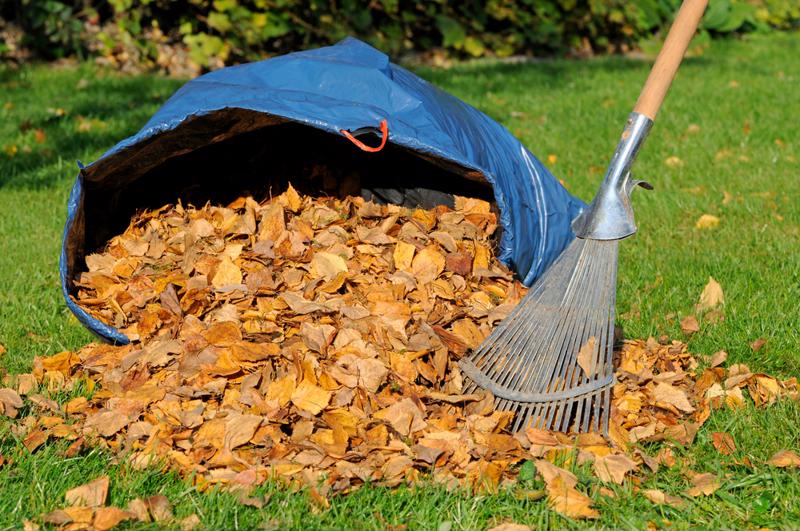While some homeowners have a tough time taking care of their lawns in hot and humid summer weather, it's actually one of the easier seasons to get your grass growing to an acceptable height and lushness. The combination of steady rains and even sunlight make for a perfect natural environment for most grass types, which means regular mowing and some spot treatments of growth-enhancing chemicals is usually all it takes to get the best lawn on the block.
However, when summer starts to draw to a close, the window on weather conducive to growing a healthy lawn starts to narrow, too. As soon as the first leaves start to fall and autumn appears right around the corner, you need to switch your lawn care habits from those that worked in the summer to new ones that'll not only give your grass one last spurt of healthy growth but also help get it ready for the rigors of a long winter. After all, lawn care is a marathon, not a sprint, and if you want your grass to look as good as it did in the summer when the snow thaws next spring, check out these three essential fall lawn care tips.
 Leaves shouldn't stop you from mowing your lawn regularly.
Leaves shouldn't stop you from mowing your lawn regularly.1. Keep up the mow-mentum
Any experienced lawn care professional can tell you that while it's incredibly important to keep mowing your lawn at the same frequency regardless of how many leaves fall onto it, cutting your lawn in the summer is a different animal. Especially if your yard receives a lot of direct sunlight, the stress of heat on delicate grasses, combined with the physical burden that mowers put on them, can stunt growth even though there's plenty of water and light to go around. That's why you might have been told to cut your grass a little longer in the summer, but when fall rolls around, it's time to go back to your normal cutting height.
However, adjusting the height of your old mower might be difficult if you went with a no-frills model that does nothing but spin blades around. In fact, some cheap mowers require you to get down on your hands and knees and adjust the height of each individual wheel to the desired setting. Without a level, you might be setting your mower to cut unevenly. That's why it's better for your lawn and your sanity to upgrade your mower to a model with convenient cutting height adjustment options. While the seasons might change slowly, your mower shouldn't have to.
2. Grassroots medicine
Not everything about fall lawn care is as intuitive as upgrading to a mower that makes your life easier, though. In fact, when it comes to diseases that affect your grass and any plants and shrubs around it, you might want to take a step back and consider what the new season means for your lawn's overall health.
"Remove and resod infected areas of your lawn before it's too late."
If you found any signs of disease on your yard during the summer, it's not a wise move to let it linger with winter around the corner. Cutting your grass longer might have covered up balding patches, but if you let infections fester when the weather gets more moist, odds are they'll spread. Waiting for colder temperatures to kill off harmful parasites and bacteria isn't likely to help things, as your weakened grass will probably die off before the diseases affecting it.
Either apply chemical treatments or remove and resod infected areas of your lawn before it's too late.
3. Seed money
If you live in a part of the country that usually gets buried under mountains of snow during the winter, then you might fall into the "out of sight, out of mind" mentality toward lawn care between December and May. However, just because your lawn isn't visible doesn't mean your grass can't grow or, at the very least, stay healthy until better weather comes along.
That's why the way you seed your lawn in the fall has such a large impact on how it looks in the spring. Choose seed mixtures and fertilizers that don't put all of their growth energy into the flowers of grass. Instead, seed your lawn with grass that spreads long roots and rhizomes so even if you have to shovel through a foot of powder in January just to see how your lawn's doing, it'll grow under the surface of your soil for a stunning comeback in April and May.
Fall is also a great time to look back on your yard care practices throughout the previous year. Did you struggle with your old mower or wish you had more equipment to make edging and aerating your grass easier? If so, take a minute to check out how you can upgrade your lawn care equipment for next year.